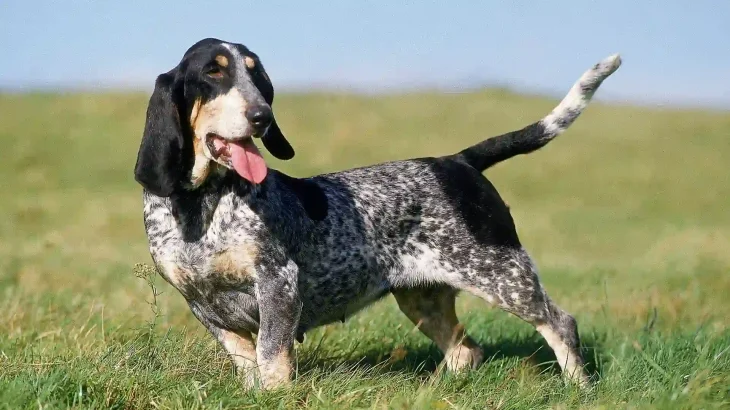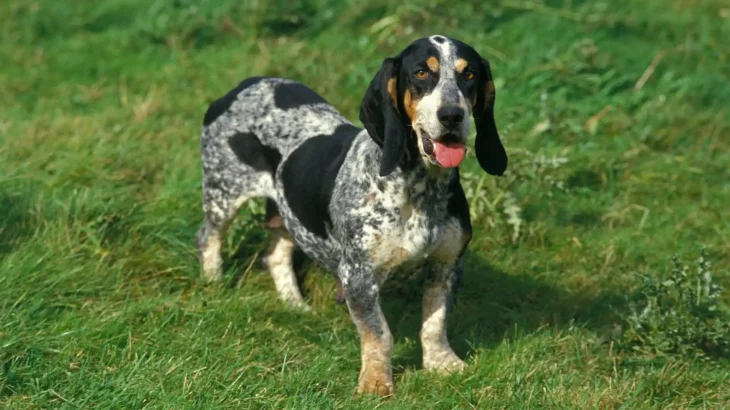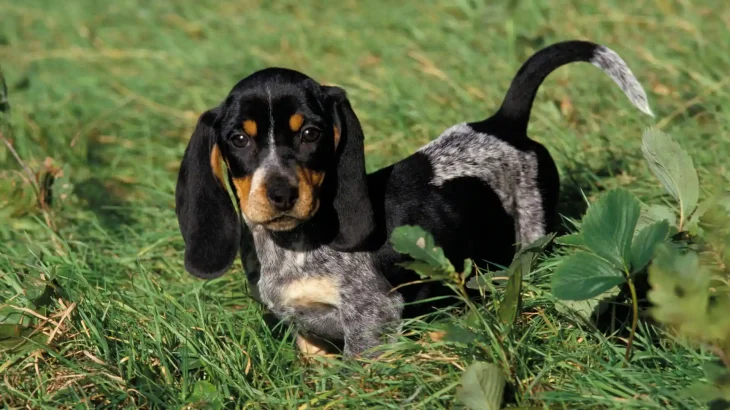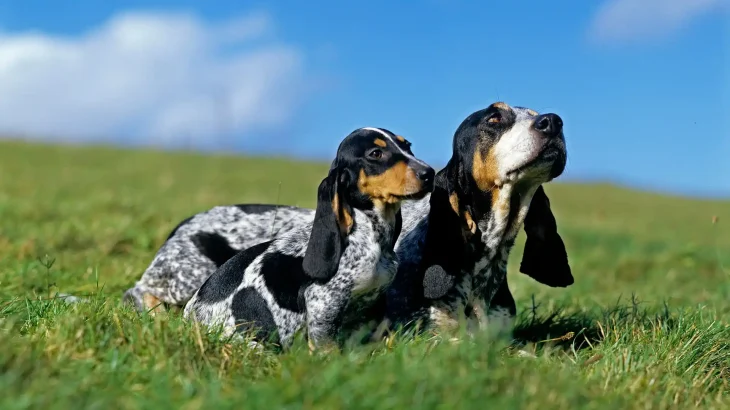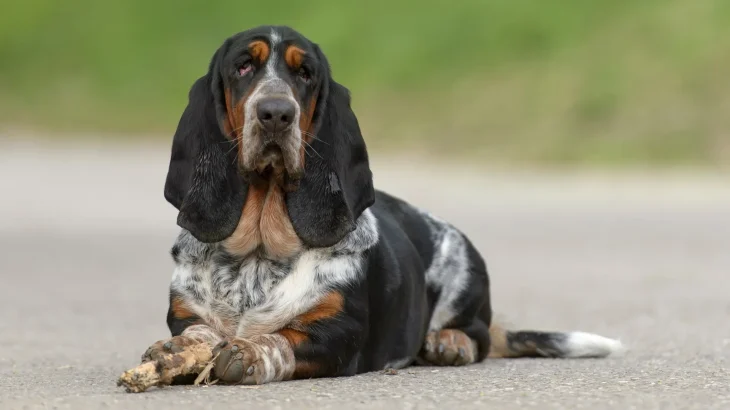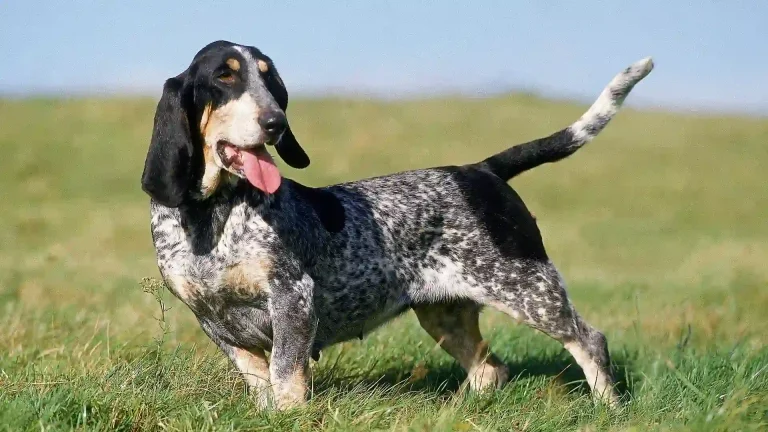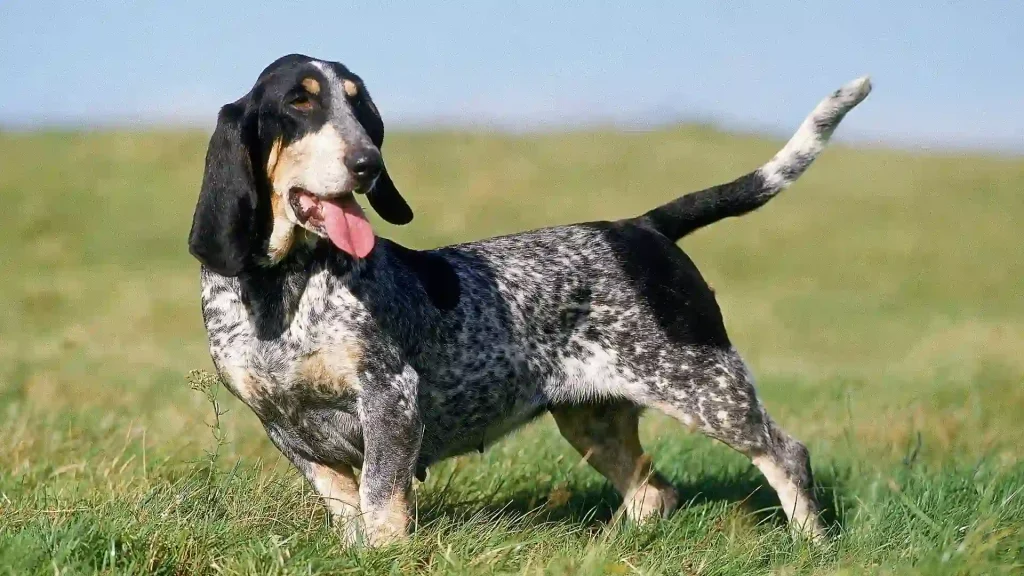Deciding whether to adopt or purchase a Grand Bleu de Gascogne puppy involves weighing factors like cost, health history, and ethics. Buying from a breeder generally offers clearer info on the puppy's lineage and health, while adoption supports animal welfare and can be more affordable. Each choice has advantages depending on what's most important to you.
| Criteria | Buying from Breeder | Adopting from Shelter/Rescue |
|---|---|---|
| Cost | Higher initial cost due to purebred status and breeder expenses. | Lower adoption fees, more affordable. |
| Health History | Breeders usually provide detailed health records and genetic screening. | Health history may be limited or unknown; basic checks often done. |
| Age Availability | Mostly young puppies, allowing early socialization and training. | Varied ages, including older dogs who may be house-trained. |
| Temperament Insight | Breeders can share lineage traits and socialization details. | Temperament assessments by shelter staff; full background may be unclear. |
| Supporting Practices | Preserves breed, but choose ethical breeders to avoid puppy mills. | Supports animal welfare by rehoming dogs in need. |
| Breed Purity & Pedigree | Guaranteed pedigree, breed standards maintained. | Breed purity might be uncertain or mixed. |

